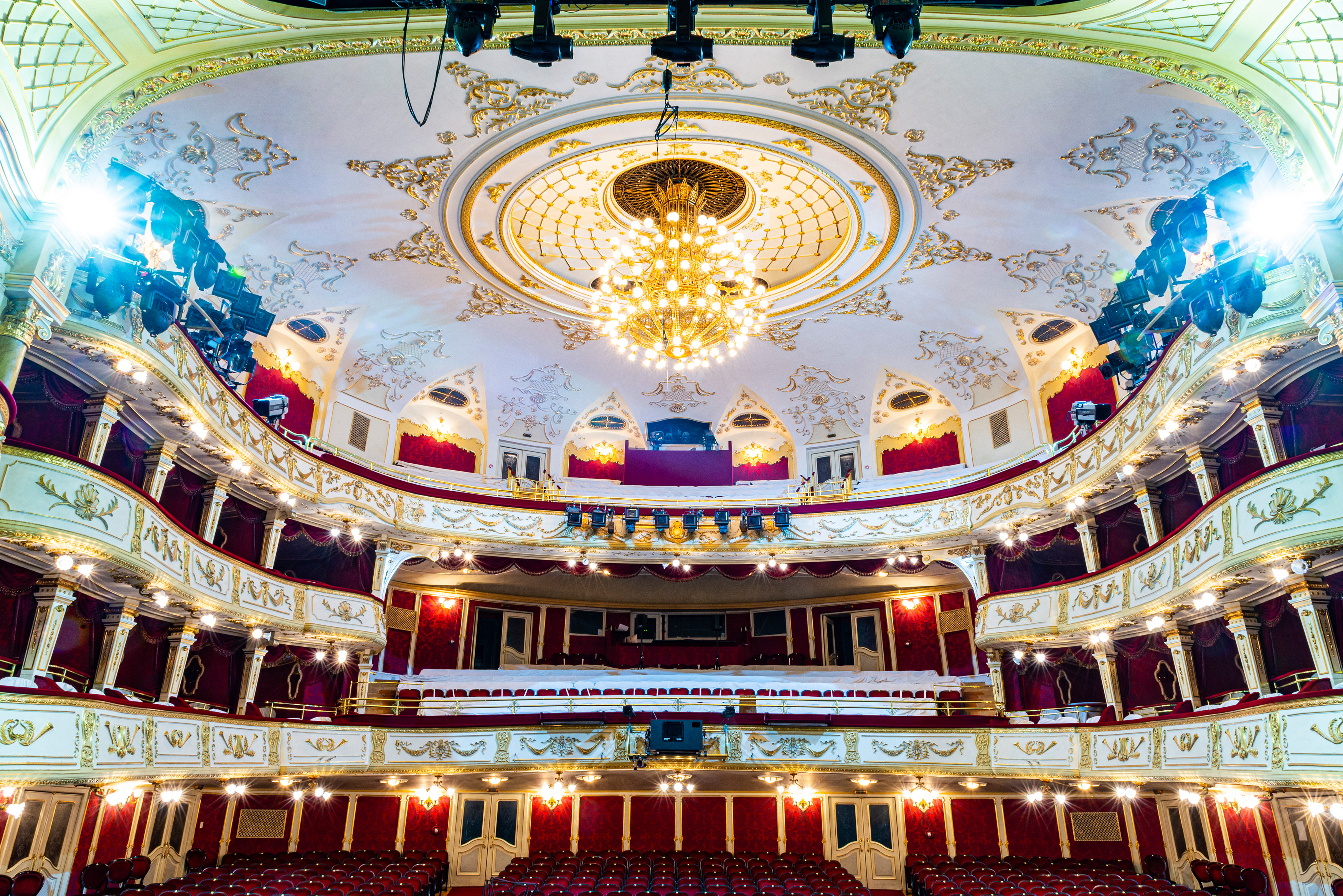At that time, the Grand Boulevard did not look like it does
today, only later did it become a busy thoroughfare. Austrian architectural
studio Fellner & Helmer laid the cornerstone of the theatre in a swampy area
surrounded by industrial facilities.
This was still on the periphery. Around
this luxurious Neo-Baroque building, Hungary's largest stone-built theatre, the
new hub of the bourgeoisie, the district of Lipótváros, was built in subsequent
years, as Budapest developed into a world city.
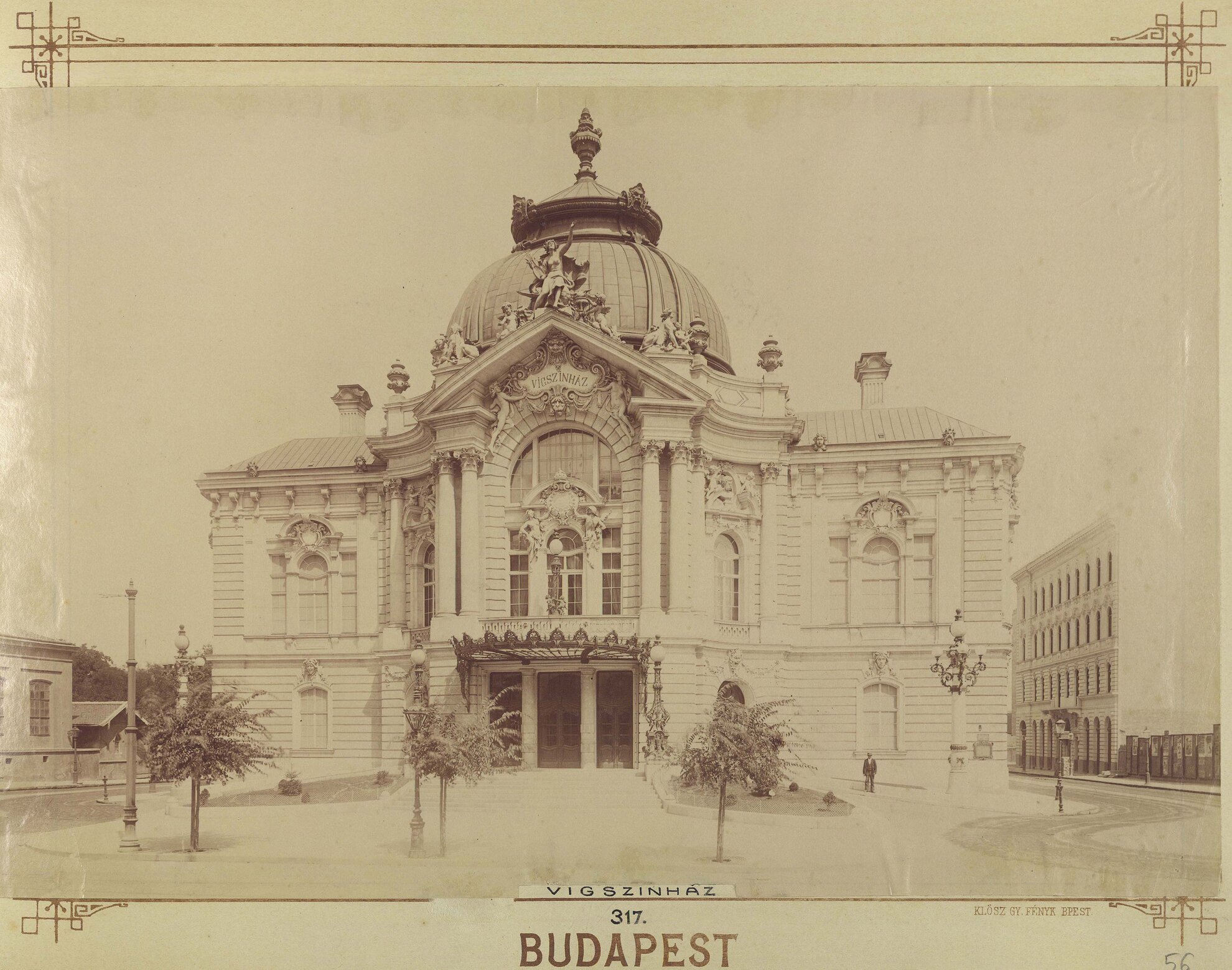
The Vígszínház was established as the fourth theatre in
Budapest, and its opening a milestone in the history of Hungarian culture. It
broke with the lofty folk culture traditions represented by the National
Theatre. When it was founded, it was given an important role in shaping modern
civil society and became the cradle of modern Hungarian bourgeois drama in the
20th century.
Famous playwright Ferenc Molnár became the house dramaturg, but other
notable writers were involved, too, such as Jenő Heltai, Sándor Bródy, Dezső
Szomory, Menyhért Lengyel, Ernő Szép, Ferenc Herczeg and, between the wars,
Sándor Hunyady.
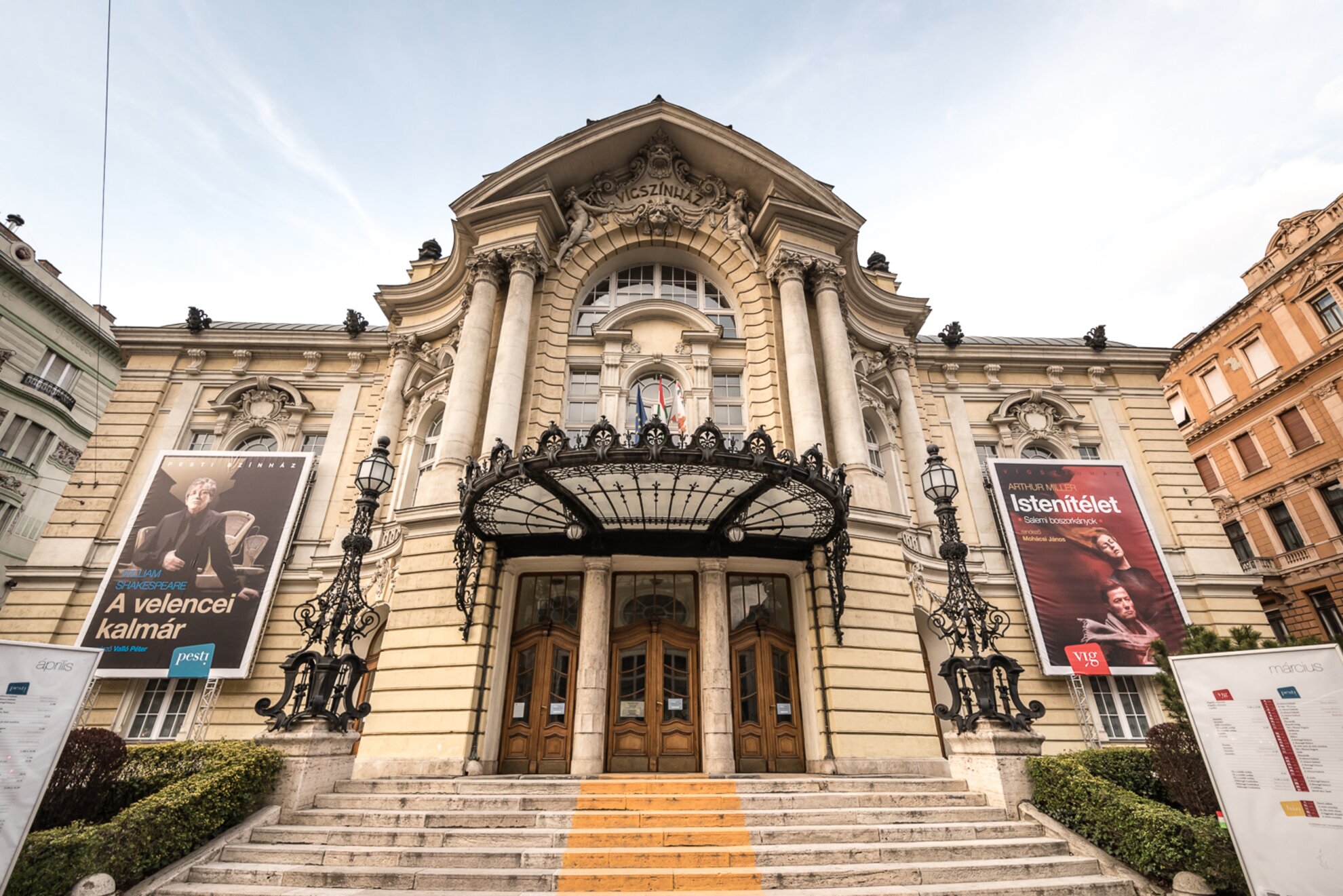
On 1 May 1896, renowned novelist Mór Jókai opened proceedings with a decorative presentation of his play written for the occasion A Barangok, vagy a peoniai vajda, a modern comedy. In the 125 years since, the theatre company has staged 1,443 premieres, with thousands of artists treading the boards, including the greatest in Hungarian drama and film. Let’s see who!
Before World War II
In the golden era before World War II, audiences welcomed Irén Varsányi, Gyula Hegedűs, Emil Fenyvesi, Sándor Góth and Ella Kertész Góthné, Gyula Csortos, Frigyes Tanay, Ella and Frida Gedaszögi, and later Franciska Gaál, Lili Darvas, Lili Muráti, Hegedűs Gyula, Imre Ráday and Andor Ajtay. The Vígszínház also started a theatre school where Artúr Somlay (1883-1951) studied, before starring here for 17 years from 1927.
Margit Dajka (1907-1986), a master of Hungarian tragicomedy with a cheeky smile, took to the stage from the age of 15, and was a member of the troupe in 1929 and 1932-33, as well as starring in many hit films.
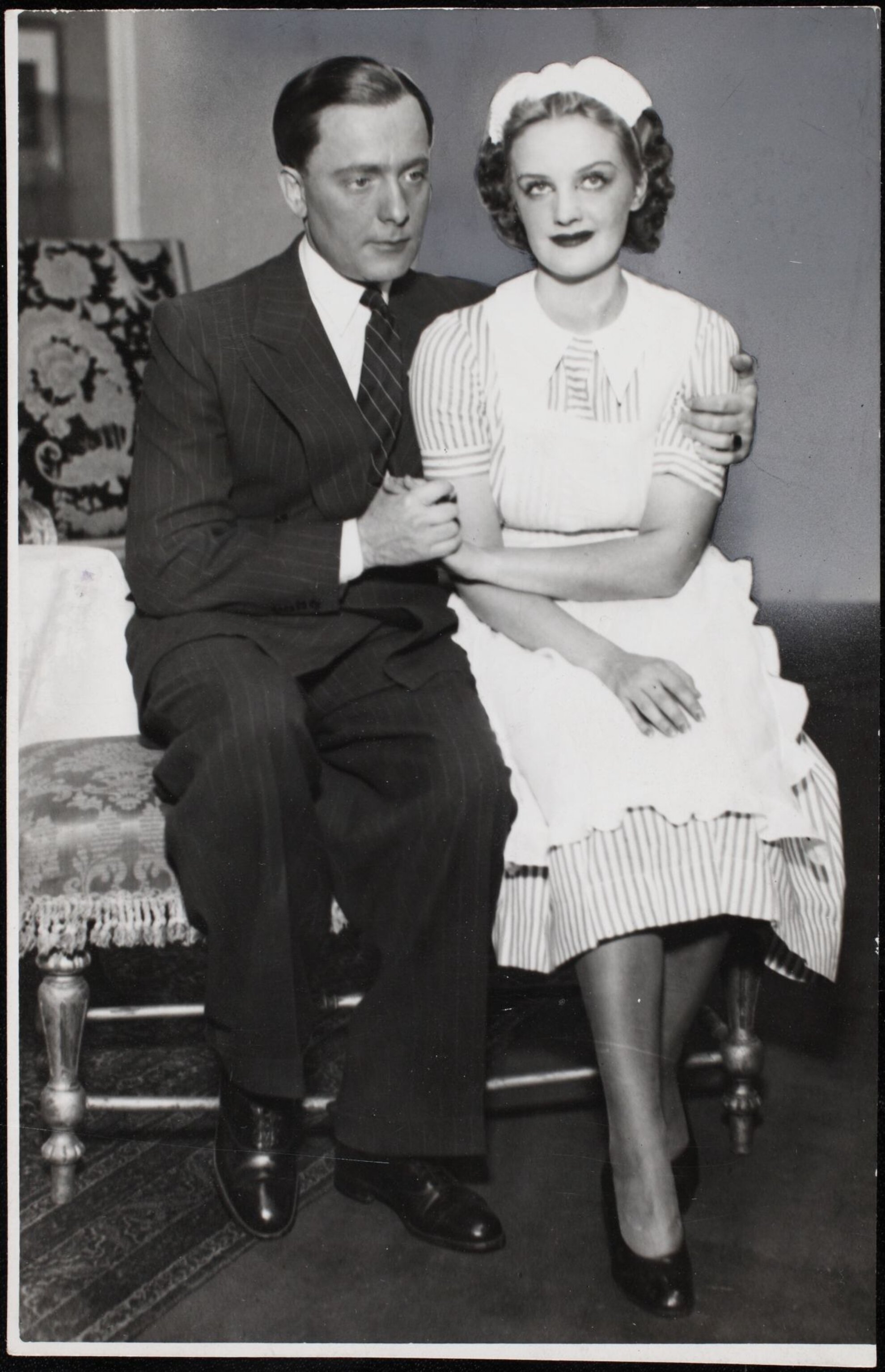
Klári Tolnay (1914-1998) was a Vígszínház discovery. She had started out the Hunnia Film Studio, gaining a bit part as Sári in the popular feature Meseautó (’Fairytale Car’), after which Vígszínház director Dániel Jób gave the young girl, who had not come through acting school, a chance in 1934. Up to 1946, she took mainly unsophisticated roles, but had gained her first breakthrough on 15 October 1938, in Jacques Deval’s comedy, The French Maid.
She played at the Művész Theatre for two years, where she met her second husband, Iván Darvas. After that, she returned to the Comedy Theatre for two years, with Gyula Benkő and István Somló as co-directors, but, given her bourgeois connotations, she had to leave for political reasons. In 1950 she was contracted to the Madách Theatre, where he was a member of the company until her death in 1998.
Movie stars of the ’30s
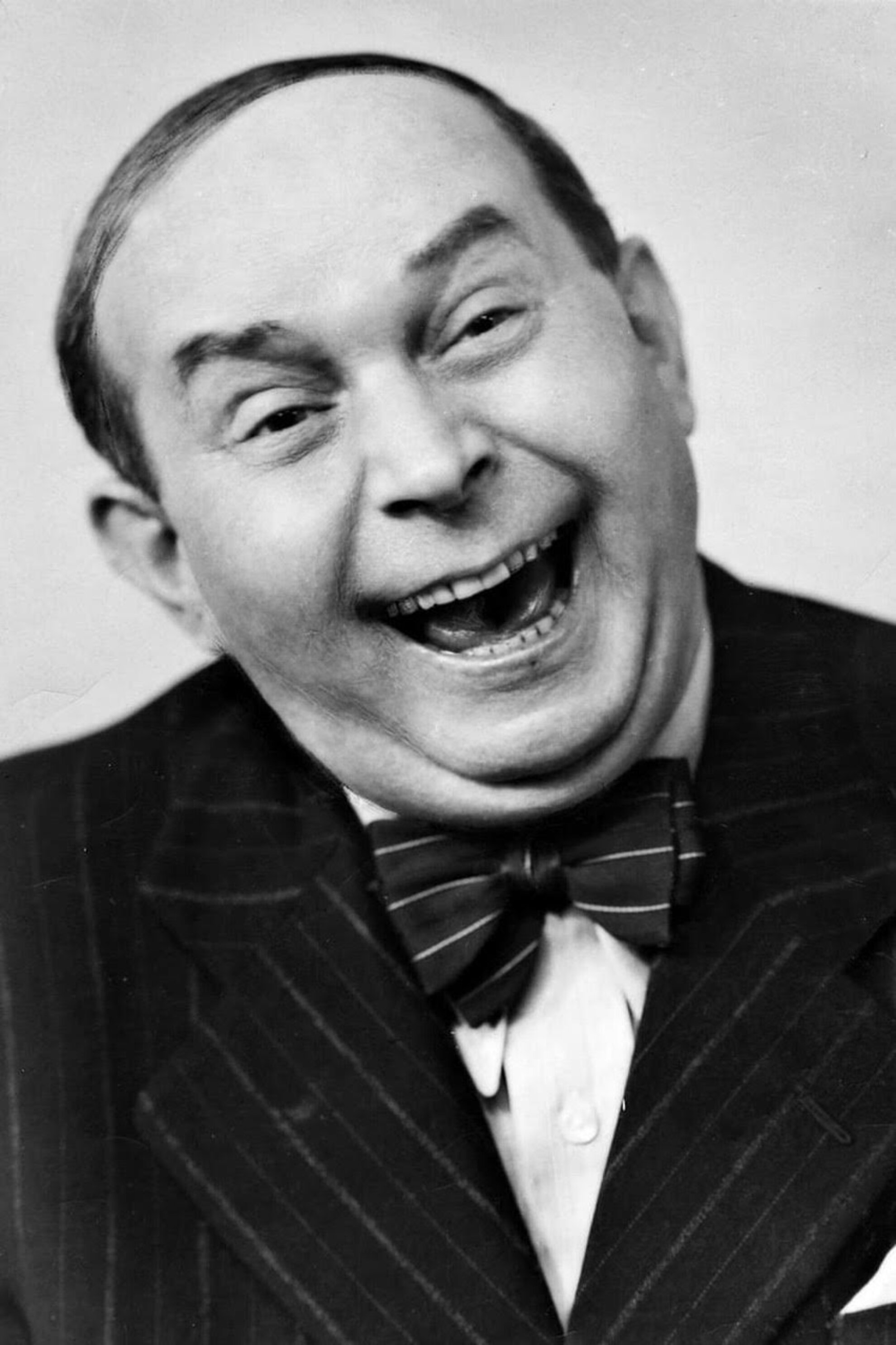
Born in Budapest, the legendary Gyula Kabos (1887-1941) was
given his first roles in Subotica and Oradea. He later appeared at
almost all the theatres in Budapest, including the Vígszínház between 1924-25
and 1935-37. His first stage role at the Víg was Lopakhin of Chekhov’s The
Cherry Orchard, partnering Gyula Hegedűs and Irén Varsányi, a real success.
Around this time, when asked by a reporter why he was being contracted to the
Víg, he replied, “Different sound, different air, different style and
everything else. All the stages of the world are open to foreigners. For us, there's just a few places in this small country...”
On his second return to the Vígszínház, he achieved one of
his greatest theatrical successes in Sándor Hunyady’s play Lovagias ügy ('An Affair of Honour'), and by
then he was a top (if evasive) film star.
In the late 1930s, because of his
Jewish origins, he was increasingly attacked by the far right, so in 1939 he
fled to the United States, from where his ashes were brought home in 1996 to Farkasréti
Cemetery.
That ageless charmer, Hungarian cinema’s first screen hero
Pál Jávor (1902-1959), was a member of the ensemble of the Vígszínház from 1930
to 1935, before he signed to the National, and toured America and Hollywood in the post-war
years. The system didn’t take kindly to his return, as was the case with his
legendary film partner, the other great star of the Hungarian talkies, Katalin Karády
(1910-1990).
She got her first stage role at the Vígszínház in 1939, under the
direction of Dániel Jób, Somerset Maugham’s The Constant Wife. Theatre work did
not bring her as much success as the silver screen, but before her second
premiere (János Bókay’s comedy First Love, 1940) they presented Deadly Spring,
which burst into the public consciousness.
She also landed a starred role in Artsybashev’s
Jealousy on 15 February 1941. She was later tortured during the
German occupation, left Hungary in 1951 and died in New York in 1990.
After World War II
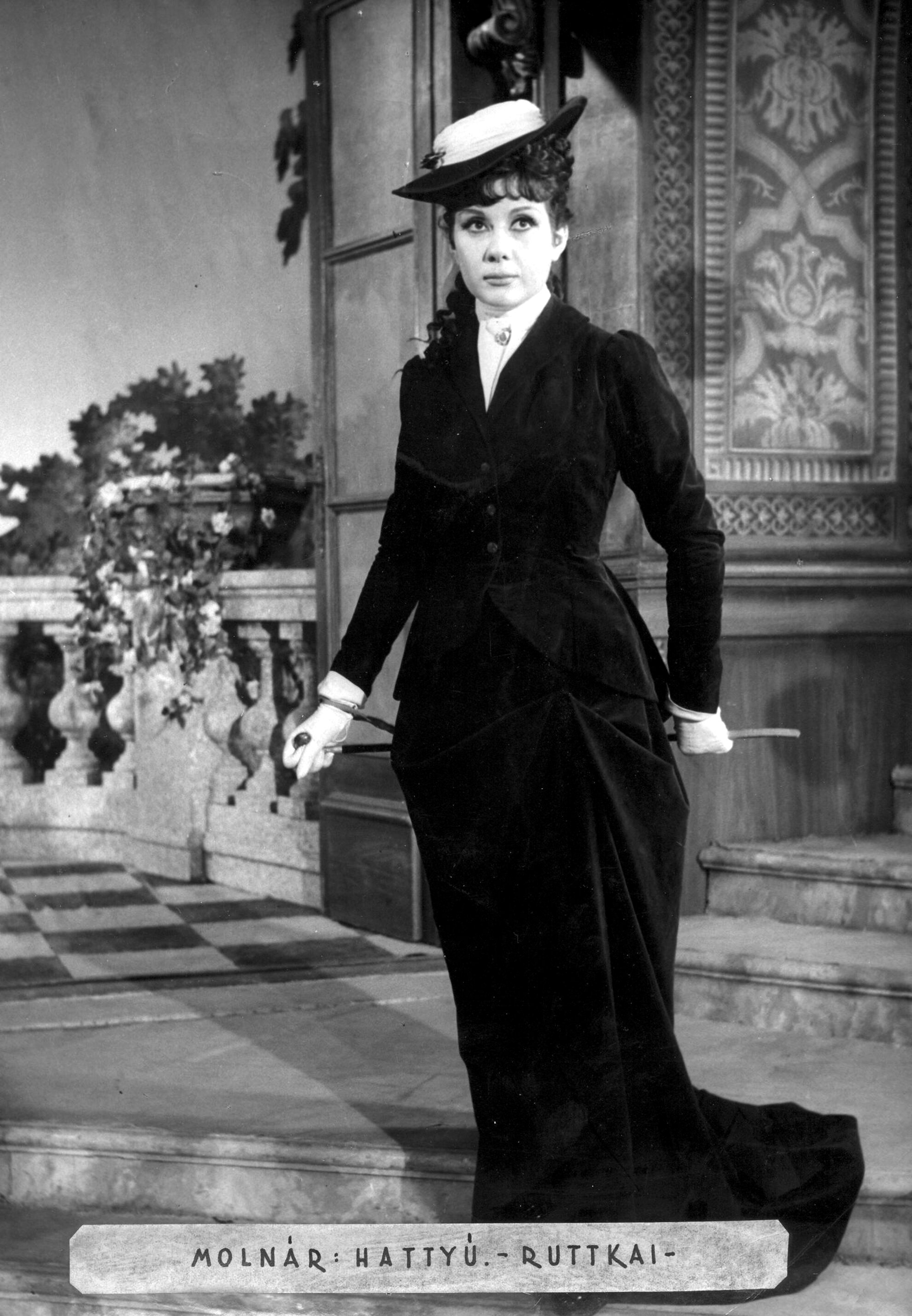
In the last days of the Siege of Budapest, the theatre
building was bombed, so the company continued at a temporary stage. It was
rebuilt and opened in 1951 as the Hungarian People’s Army Theatre. Five
directors followed one another until 1961, when the second heyday of the Vígszínház
began.
It got its original name back, the new director being Zoltán Várkonyi,
who was able to manage the company by balancing modernity and popularity until
his death in 1971. Modern European and American drama again found a home, and
in the 1970s, the second golden age of Hungarian drama unfolded here, with
works by István Örkény, István Eörsi, Károly Szakonyi, István Csurka, Tibor
Gyurkovics, János Székely, András Sütő, then Péter Nádas, Géza Bereményi,
Mihály Kornis, György Spiró, Péter Esterházy and, in recent years, Péter
Kárpáti and Kornél Hamvai.
And, of course, a number of great actors took the stage: Mária Sulyok, György Pálos, Elma Bulla, Zsuzsa Bánki, Tivadar Bilicsi, Rudolf Somogyvári, Gyula Benkő, Sándor Pethes, Sándor Szabó, Nándor Tomanek, Nóra Tábori, Miklós Fehér and György Bárdy.
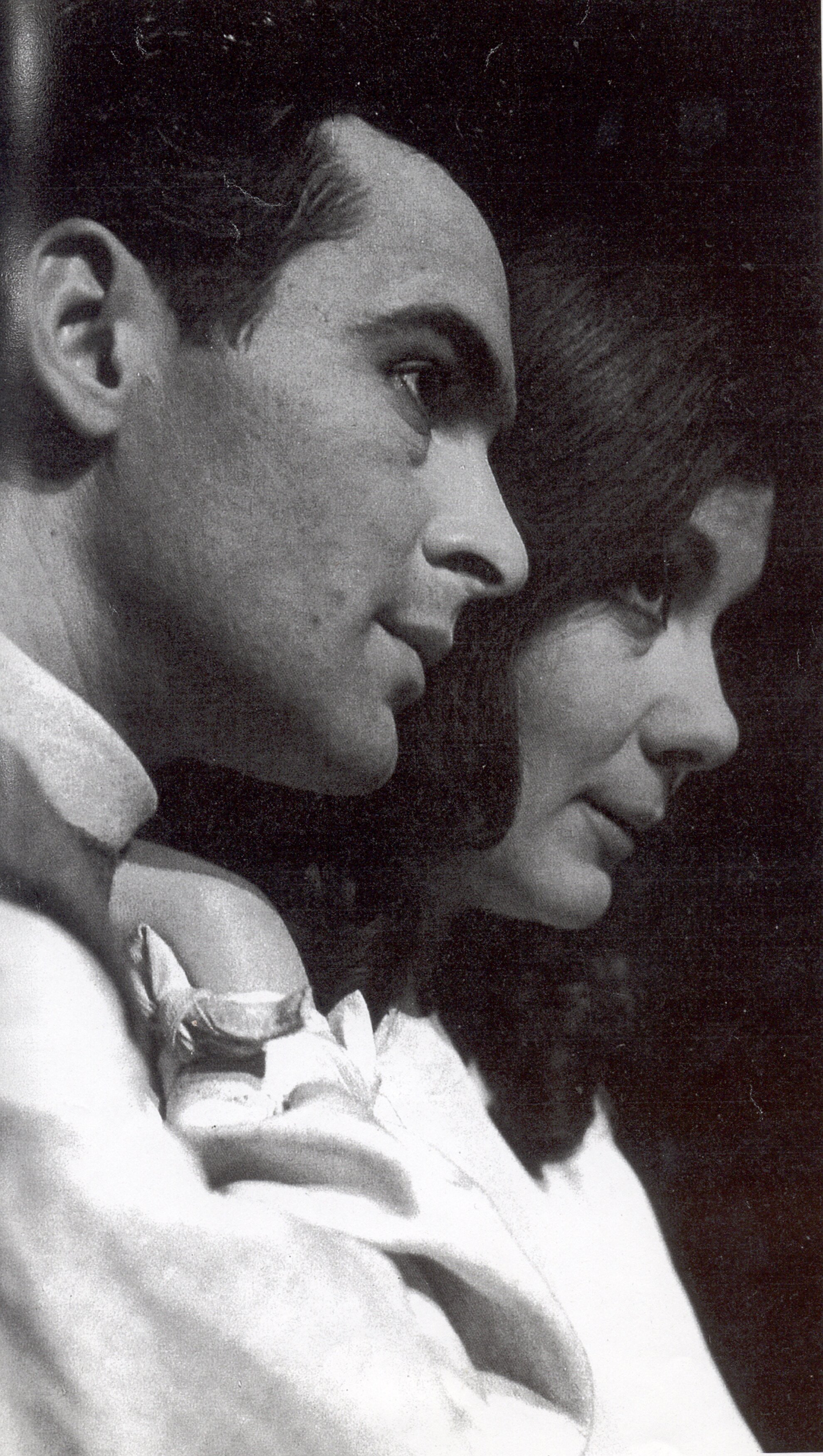
Éva Ruttkai (1927-1986) was 18 when, in 1945, director Dániel
Jób noticed her talent at poetry recitals at the Franz Liszt Music Academy and
signed her. A little later, she replaced Klári Tolnay in the Ferenc Molnár
classic, The Swan.
After her detour to the National Theatre (leading to her marriage with Miklós Gábor), in 1951 she returned to the Vígszínház, aka Hungarian
People's Army Theatre, and remained in the company until her death. Every
December since 1987, the Éva Ruttkai memorial ring, created by her daughter,
Júlia Gábor, has been presented at the theatre to the most outstanding
member in the company.
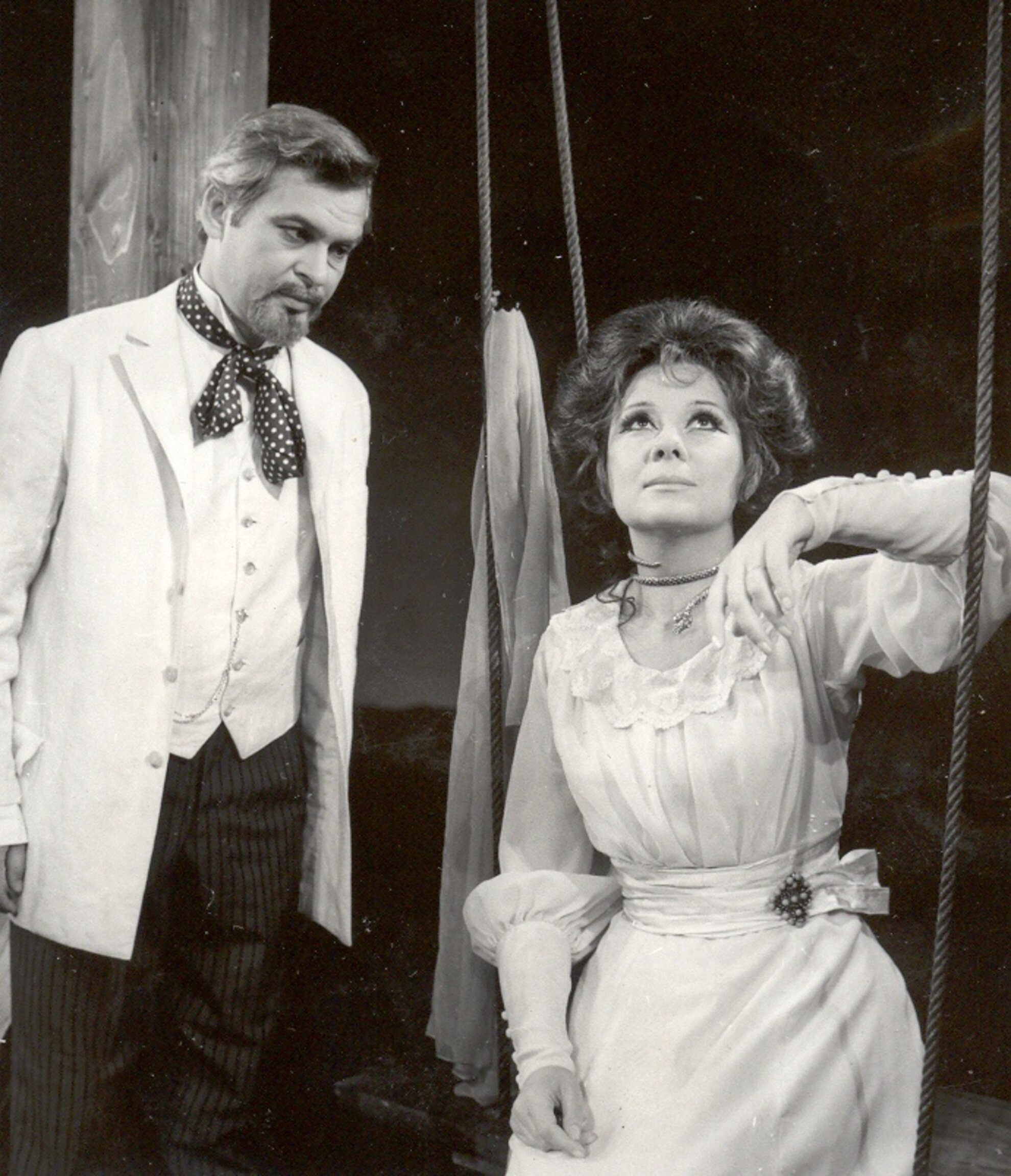
Zoltán Latinovits (1931-1976), a graduate of architecture, studied acting at Debrecen Theatre as an assistant, and met Éva Ruttkai as a member of the National Theatre in Miskolc in 1960, during the rehearsal of Pavel Kohout’s play Such a Great Love. Between 1962 and 1966, he also contracted to the Comedy Theatre (and again in 1969-1971). In 1963, the duo gave one of the most enduring performances in the history of Hungarian theatre, Romeo and Juliet, directed by Zoltán Várkonyi.
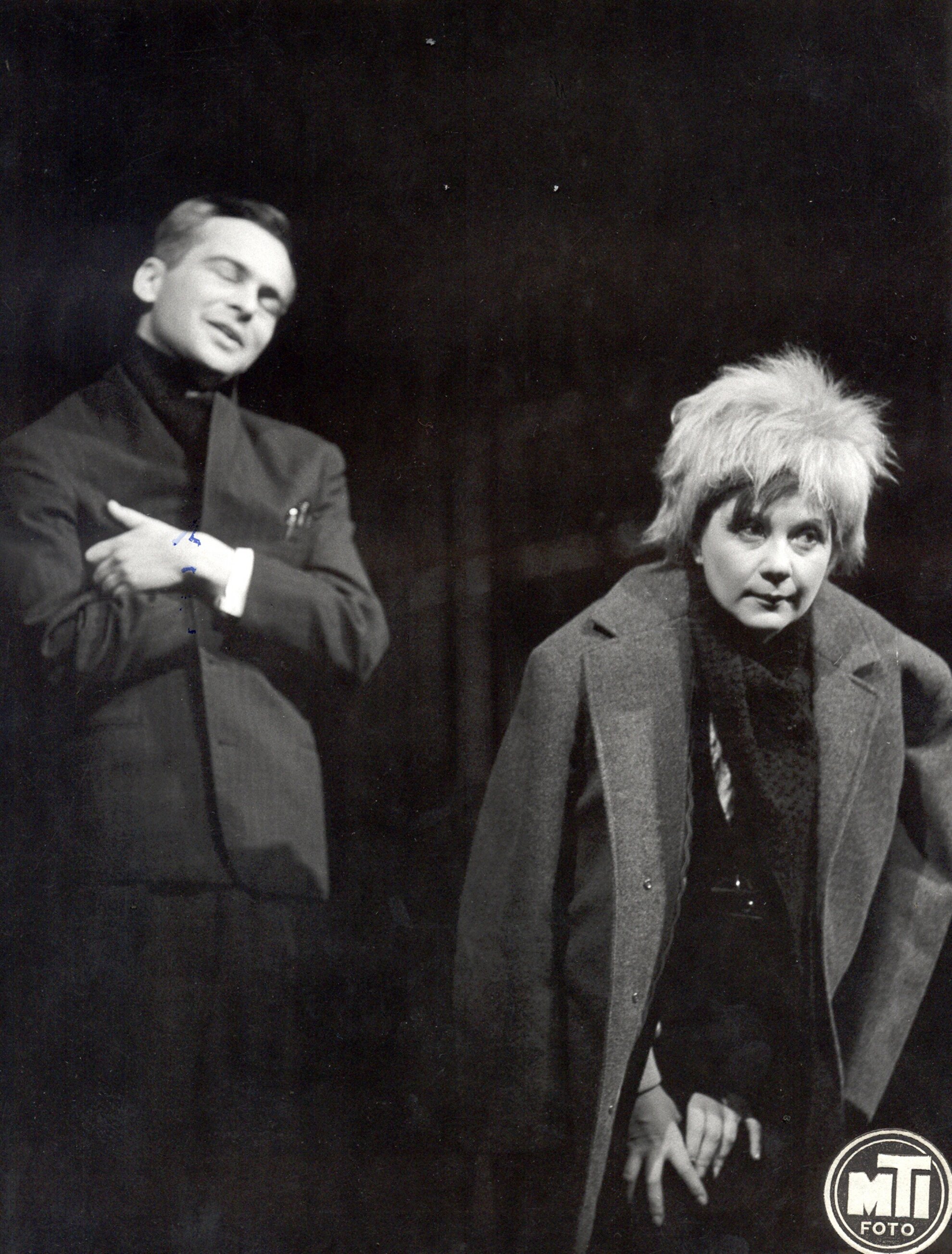
In the same Várkonyi era, Iván Darvas (1925-2007) became the
dominant actor of the Comedy Theatre from 1965 until 1989, before he got
involved in politics in the 1990s. In the second half of his career, Antal
Páger (1899-1986) was also at the Comedy Theatre, who, as a friend of the
right-wing system before and during the war, went abroad in 1945. He travelled
to Argentina, where he worked as a painter.
One of the few who thrived under the
new régime, after his return in 1956, he was greeted with unwavering enthusiasm
by the audience, became a popular theatre and film actor again and, from 1957
until his death, he performed at the Vígszínház.
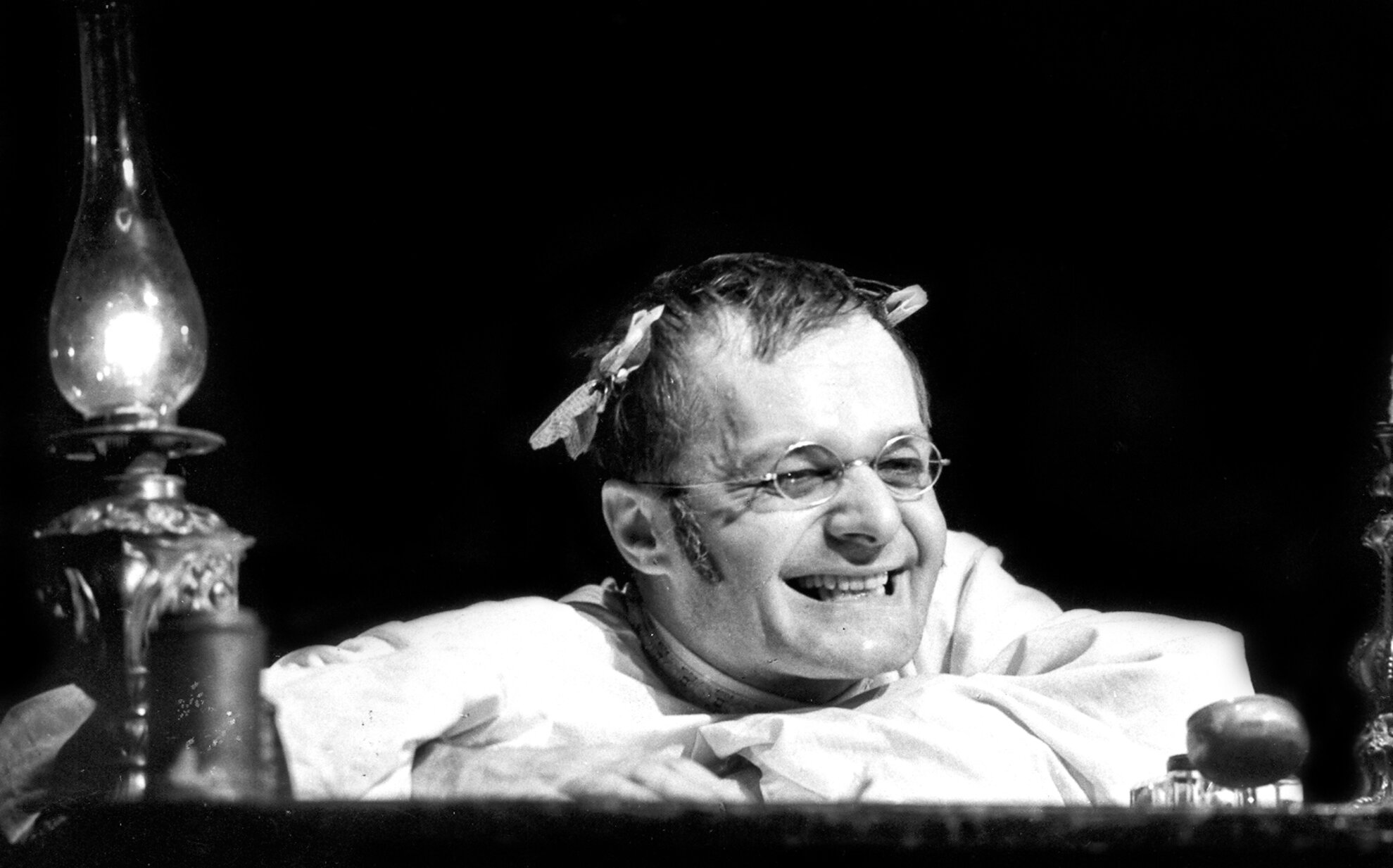
Liza Szatmári, 93, has been an actress at the Comedy Theatre since 1951, her 70 years of service a record for the company. Judit Halász has been a member of the company for 55 years – in 1965, she was enticed from Pécs by Várkonyi into the Víg for the musical comedy Az udvari kalap, based on the prose of Gergely Csiky.
Notable shows
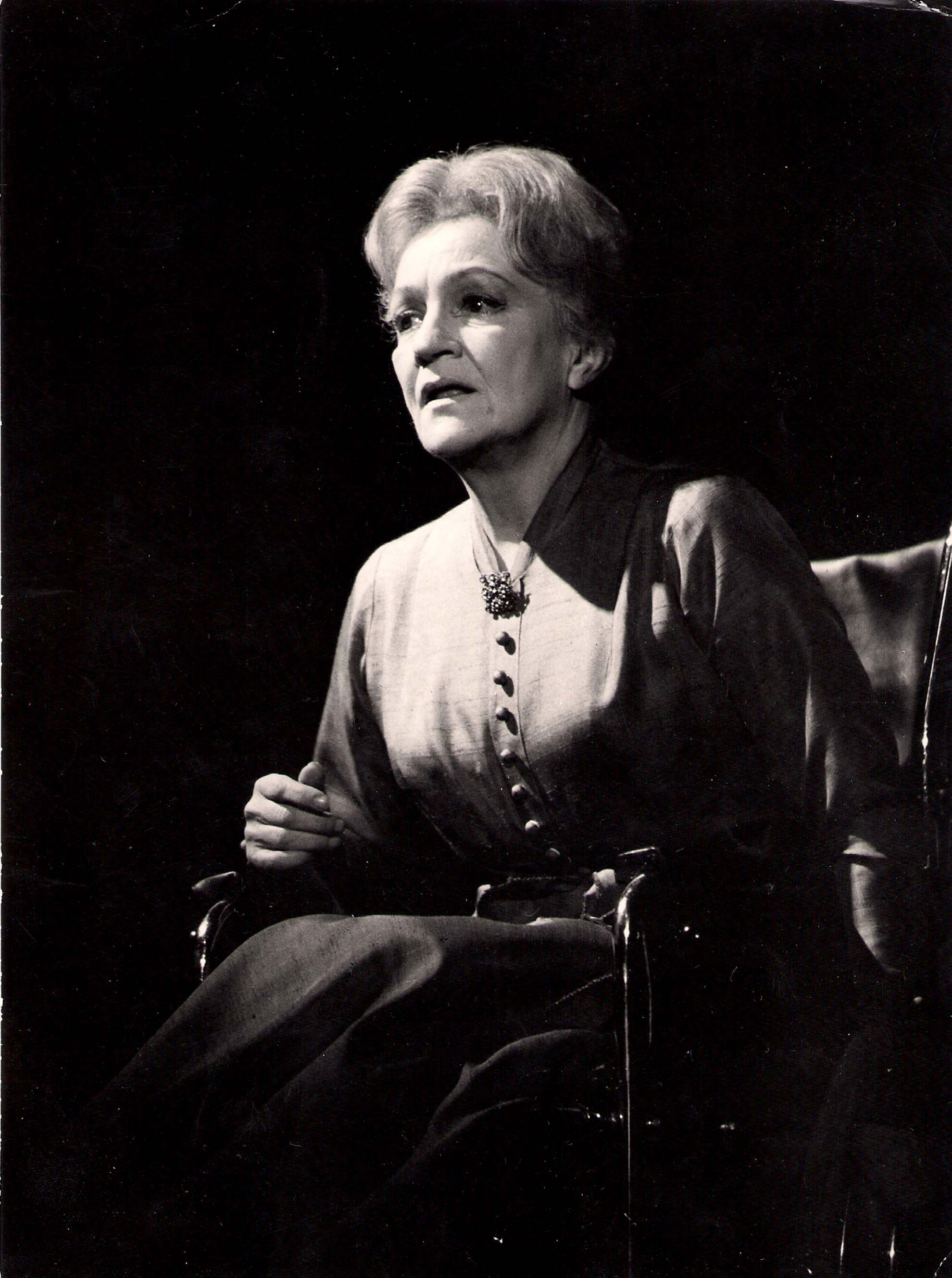
The play to have been performed the most here is Ferenc Molnár's play Liliom, seven times, while from 1971, Gábor Székely's Macskajáték, starring Mária Sulyok and Elma Bulla, ran for more than a decade.
In 1977, the premiere of the musical drama based on Endre Fejes’ stirring novel, Good Evening Summer, Good Evening Love, was directed by Géza D Hegedűs. The work was commissioned by the Comedy Theatre and became a real in-house success, beginning a long tradition.
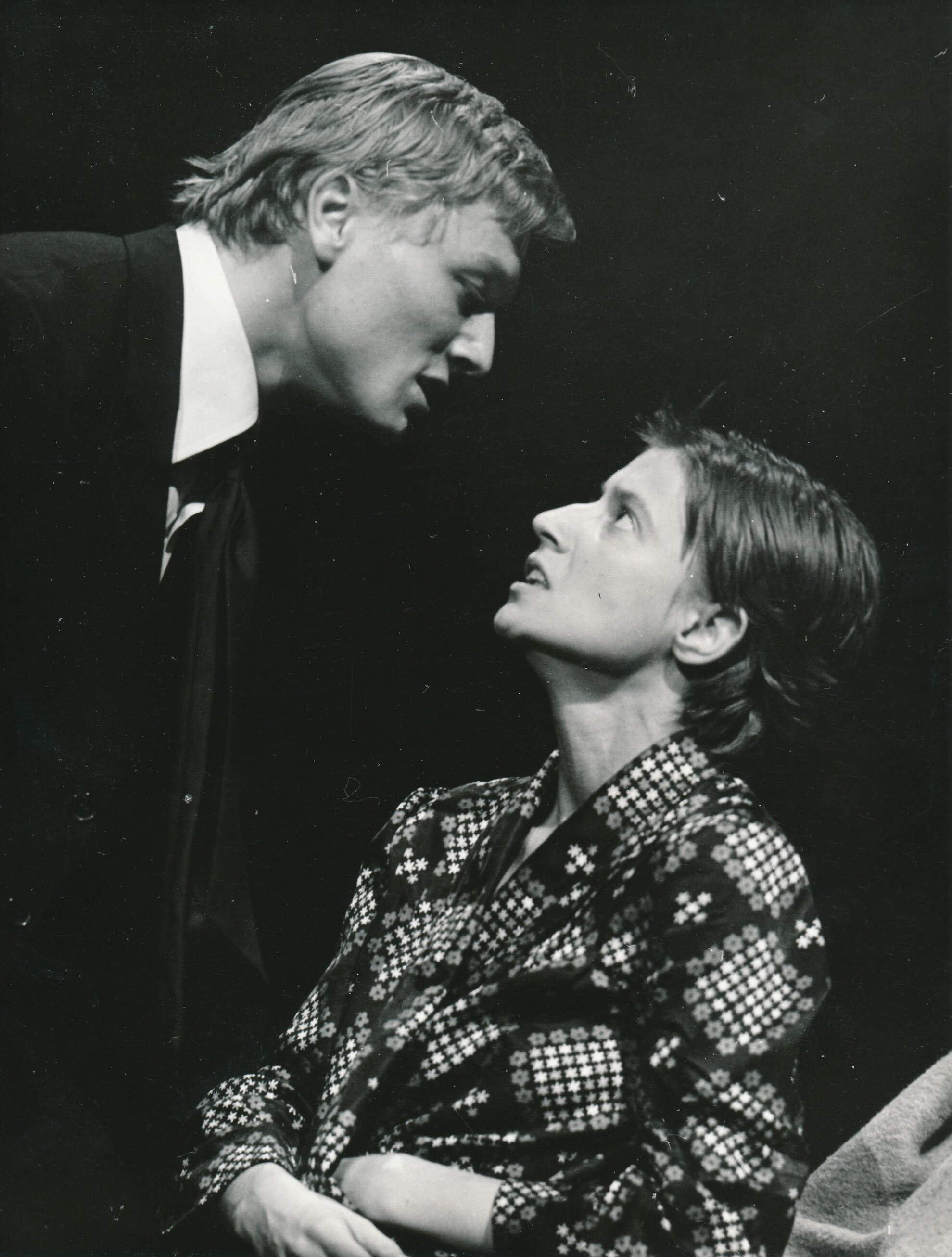
An Imaginary Report about an American Pop Festival and I Am Thirty Years Old featured music by legendary songsmith Gábor Presser. With his extraordinary power, The Glass Shoes exploded onto the theatre scene in 1978, when its star, Vera Pap, was still at high school.
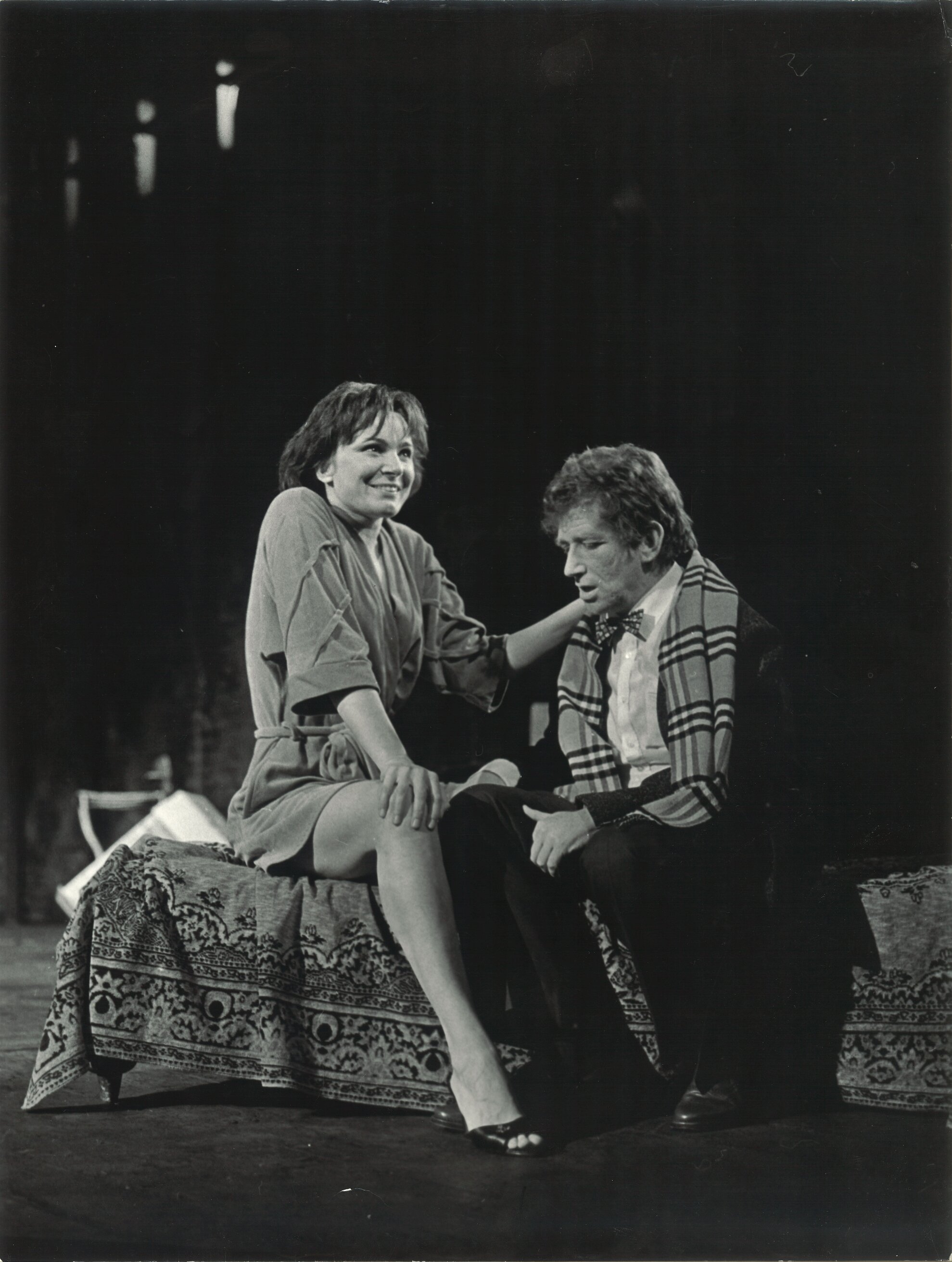
Mihály Kornis’ play Körmagyar, presented in 1989, was also an important performance, a rowdy theatrical success during the period of régime change, directed by István Horvai, with his accurate contemporary characterisation by József Szarvas, Vera Pap, Enikő Eszenyi, Zoltán Seress, Gyula Szombathy, Gabi Szabó, Péter Rudolf, Éva Igó and András Kern.
In 1992, Attila Kaszás gave one of the best portrayals as Jimmy Porter in the 1992 production of Look Back in Anger, the directorial debut of the theatre’s current director, Péter Rudolf.
Comedy Theatre/Vígszínház
District XIII. Szent István körút 14
